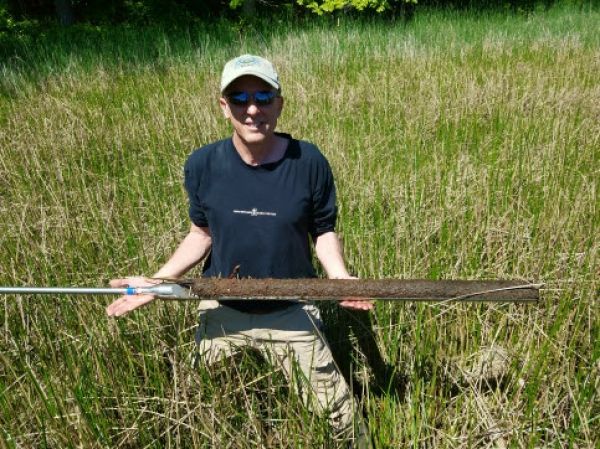Some wetlands perform better under pressure. A new study revealed that when faced with sea-level rise, coastal wetlands respond by burying even more carbon in their soils.
Coastal wetlands—which include marshes, mangroves and seagrasses—already store carbon more efficiently than any other natural ecosystem, including forests. The latest study, published March 7 in the journal Nature, looked at how coastal wetlands worldwide react to rising seas and discovered they can rise to the occasion, offering additional protection against climate change.
“Scientists know a fair amount about the carbon stored in our local tidal wetlands, but we didn’t have enough data to see global patterns,” said Pat Megonigal, a co-author and soil scientist at the Smithsonian Environmental Research Center.
To get a global picture, scientists from Australia, China, South Africa and the U.S. pooled data from 345 wetland sites on six continents. They looked at how those wetlands stored carbon for up to 6,000 years and compared whether sea levels rose, fell or stayed mostly the same over the millennia.
For wetlands that had faced rising seas, carbon concentrations doubled or nearly quadrupled in just the top 20 centimeters of soil. When the scientists looked deeper, at 50 to 100 centimeters beneath the surface, the difference hit five to nine times higher.
Continue reading at Smithsonian Institute
Image via Smithsonian Environmental Research Center


